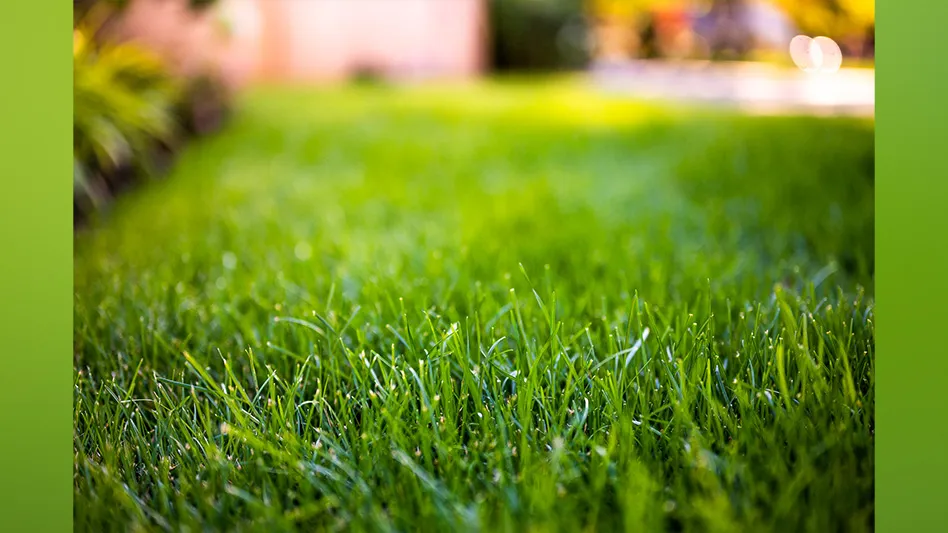
Mike Pungitore, owner of Pungitore Irrigation & Fertilizer, says when it comes to controlling crabgrass, and other troublesome weeds, it’s all about timing it right.
“We typically start mid- to end of March with our first application, but it really depends on the weather,” he notes. “We try to get that first application down early to try and prevent things. Because once crabgrass starts to germinate, you really don’t stand a chance to try and kill it off.”
But there’s no significant day on the calendar that Pungitore can point to and decide to start lawn care treatments that day. It boils down to another “T” — temperature.
Pungitore says his company’s program tries to head off crabgrass before the soil temperatures reaches the point of no return.
“The program consists of two applications in the spring of fertilizer and crabgrass preventives,” he says. “Obviously you want to get it down and get the fertilizer down before the crabgrass starts to germinate, which happens when the soil temperature reaches 55 degrees for three consecutive days.”
With improved technology, Pungitore says this timeframe is easier to determine nowadays.
“There’s a lot of available science now, and websites you can go on, that will tell you the soil temperature every day for your area,” he says. “We really use that to gauge where we’re at.”
However, that doesn’t keep a couple customers from relying on folklore to determine when they think their lawns need to be serviced.
“Where we are in Massachusetts, there’s an old wives’ tale that says you want to get your application down before Forsythia blooms,” he notes. “People still go by that, and we get calls from customers that have a little panic attack when they see the bright yellow and they start calling us and saying ‘It’s blooming! Hurry! We haven’t had the application yet.’”
Regardless, Pungitore says that as long as lawns are serviced before the crabgrass germinates all is well. But for those new customers with crabgrass problems mid-summer, he suggests waiting it out.
“There are products… that you can try to spray to kill it when it’s grown, but once it’s past that third or fourth tiller, you’re pretty much going to be looking at crabgrass for the rest of the season,” he says. “At that point I tell customers, especially new ones that come on board, who have crabgrass it’s not worth wasting the money to spray and it’s not worth exposing nature to the chemicals at that point. Just leave it alone. It’s green for the summer and we’ll deal with it in the fall.”
And it’s not just crabgrass that’s on a timetable according to Pungitore.
“We get our grub preventive down in June or July,” he notes. “We try to get it into the soil before the grubs start to feed and before the beetles start to feed in the middle to end of August.”
Seeding and installing new lawns also needs to be timed right.
“In the fall, from the end of August until basically November, is our seeding season,” Pungitore says. “At the end of August, the crabgrass stops germinating so you can start installing new lawns, start prepping areas, splice seeding, aerating and overseeding — which we do all of that. It’s a good time to do it.”
Though the weather in the summertime is notoriously unpredictable.
“The only downside is if you end up having a heat wave, you really have to pound it with water to try and keep that seed from drying out,” he says. “It’s a fine balance because on the other side, if you water it too much you can get seed rot, fungus and a lot of undesirables.





